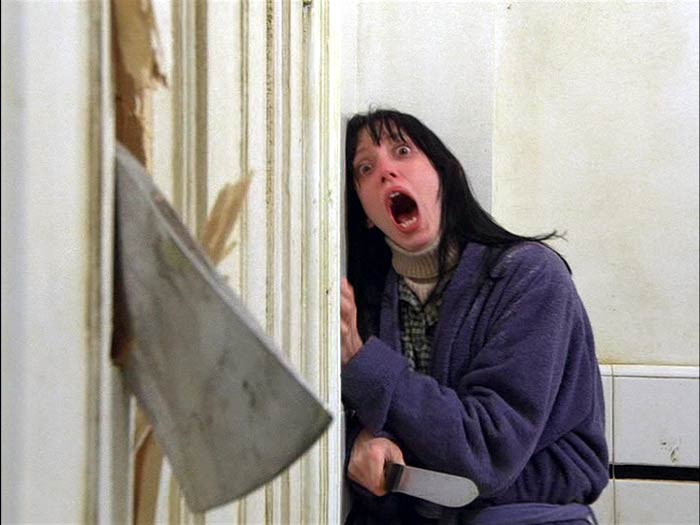Popular Posts
-
Here is the final little animation for expressing and exaggerating emotion in a face, I had to slow it down to 8fps as it was whizzing pas...
-
A little more experimenting with resin whilst doing other bits and bobs. I wanted to see how it reacts to sculpey after I'd tried pla...
-
A few further pieces of life drawing, concentrating again on moving models and quick sketching, as well as looking at foreshortening. I thin...
-
This being the first time getting any of my work printed into a book, it was all untrodden territory, but after reading a few reviews I...








